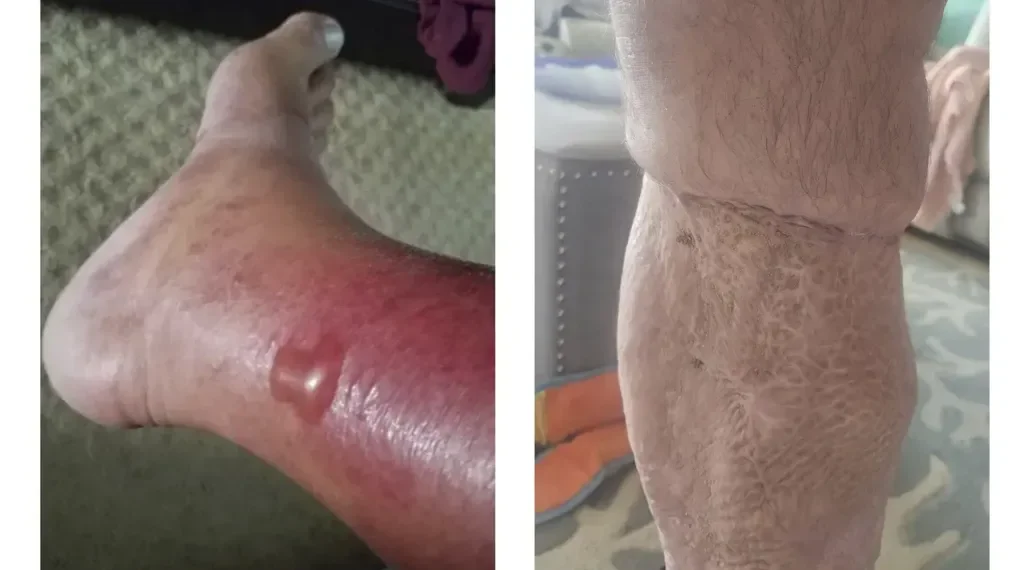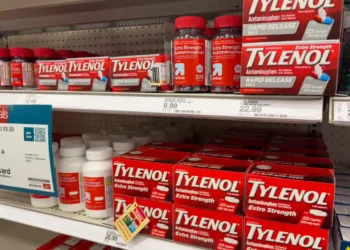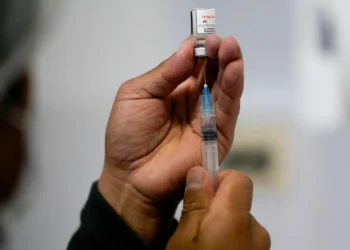How to Protect Yourself from Vibrio Vulnificus Infections in Coastal Waters
Published Time: 08-20-2025, 15:00
Health officials across the United States are warning beachgoers and seafood lovers about Vibrio vulnificus, a dangerous bacteria that thrives in warm coastal waters. Infections can occur through small skin wounds or by consuming raw shellfish, with some cases turning life-threatening. While rare, recent data show an upward trend in cases, particularly along the Gulf Coast and increasingly further north.
Rising Concerns Over Vibrio Infections
Public health agencies report that Vibrio vulnificus has become a recurring summertime concern along the Gulf Coast and the Eastern Seaboard. The Centers for Disease Control and Prevention (CDC) estimates around 200 Vibrio vulnificus infections occur annually in the U.S., representing a small portion of the more than 1,000 Vibrio-related illnesses each year. However, the severity is concerning: nearly one in five cases is fatal.
Dr. Fred Lopez, an infectious disease specialist at the LSU Health Sciences Center in New Orleans, noted that the Gulf Coast provides “the perfect convergence of the right amount of salt and the right amount of heat to let this organism proliferate.”
A Survivor’s Story
In 2019, Bernie Stewart, a retired Florida bounty hunter, developed an infection in his right leg after a kayak fishing trip in Pensacola Bay. What started as what looked like a simple blister quickly escalated into a medical emergency. Stewart spent three months in the hospital, undergoing 10 surgeries to remove infected tissue.
“This ain’t nothing to play with,” Stewart said, warning others to take Vibrio warnings seriously.
How Vibrio Infections Occur
The bacteria live naturally in saltwater and brackish water, such as estuaries and lagoons. People can become infected in two main ways:
- Through open wounds: Cuts, scrapes, piercings, and surgical sites are entry points for the bacteria. Once inside the body, the infection can spread quickly and may require surgery or even amputation.
- Through raw or undercooked seafood: Oysters are the most common source of foodborne Vibrio infections, though other shellfish can also carry the bacteria. Contamination is invisible — there is no way to tell if seafood contains Vibrio simply by looking at it.
According to Lopez, antibiotics that work for foodborne cases are often less effective when the bacteria enter through wounds, making early treatment critical.
Who Is Most at Risk?
While anyone can become infected, severe illness is more common among:
- Elderly adults
- People with weakened immune systems
- Individuals with liver disease, diabetes, or other chronic conditions
Doctors emphasize that people in these groups should be especially cautious when swimming in coastal waters or handling raw seafood.
Geographic Trends and Climate Change Impact
Louisiana has reported a sharp increase in Vibrio cases this summer, with 20 infections and four deaths already confirmed — more than double the average for this time of year, according to the Louisiana Department of Health.
Florida, which historically records the highest number of Vibrio cases, has seen 17 infections and five deaths so far this year. Officials note that cases often rise during years when hurricanes or tropical storms impact the region.
Infections have also been reported as far north as Massachusetts, where Cape Cod officials recently issued an alert after a confirmed case. Scientists warn that climate change is contributing to the northward spread of Vibrio. A 2023 study found that the bacteria’s range has been expanding by roughly 30 miles per year.
Symptoms to Watch For
Early signs of Vibrio vulnificus infection may include:
- Fever and chills
- Skin redness, warmth, and swelling
- Rapidly developing blisters or darkened skin patches
Severe cases can progress quickly and may require urgent medical attention, including hospitalization and surgery.
How to Protect Yourself from Vibrio Vulnificus
Health experts recommend the following steps to reduce your risk:
- Avoid swimming with open wounds: Cover cuts, scrapes, or recent surgical sites with a waterproof bandage before entering coastal or brackish water.
- Clean wounds immediately: Wash any exposed cuts with soap and running water after contact with seawater or seafood.
- Cook seafood thoroughly: Do not eat raw or undercooked oysters or shellfish. Follow safe cooking practices and discard any shellfish with open shells before cooking.
- Handle seafood safely: Use protective gloves when handling raw shellfish, especially if you are immunocompromised. Wash hands thoroughly with soap after handling.
The CDC urges anyone who develops symptoms after exposure to seek immediate medical attention.
Calls for Greater Public Awareness
Despite rising cases, warnings are not always visible to the public. Stewart, the Pensacola survivor, said he has urged local officials to post safety signs near popular fishing and swimming spots but has not seen results.
“Not everyone’s immune system is going to be strong,” he said. “People need to know the risks.”
Outlook
With warmer waters and more frequent extreme weather events, experts say Vibrio vulnificus infections are likely to remain a recurring seasonal challenge. While the overall number of cases remains relatively low, the potential severity of infections underscores the importance of prevention and awareness.
This article was rewritten by JournosNews.com based on verified reporting from trusted sources. The content has been independently reviewed, fact-checked, and edited for accuracy, neutrality, tone, and global readability in accordance with Google News and AdSense standards.
All opinions, quotes, or statements from contributors, experts, or sourced organizations do not necessarily reflect the views of JournosNews.com. JournosNews.com maintains full editorial independence from any external funders, sponsors, or organizations.
Stay informed with JournosNews.com — your trusted source for verified global reporting and in-depth analysis. Follow us on Google News, BlueSky, and X for real-time updates.











